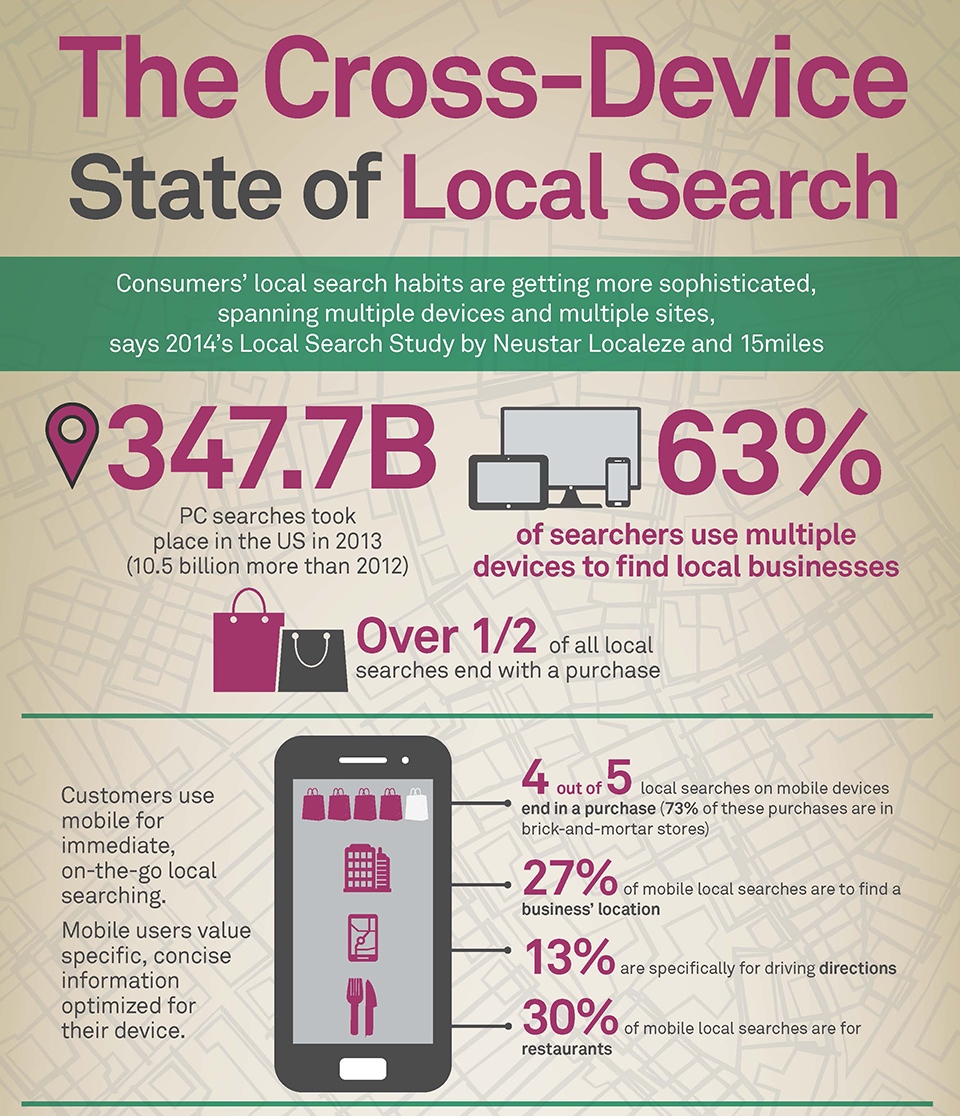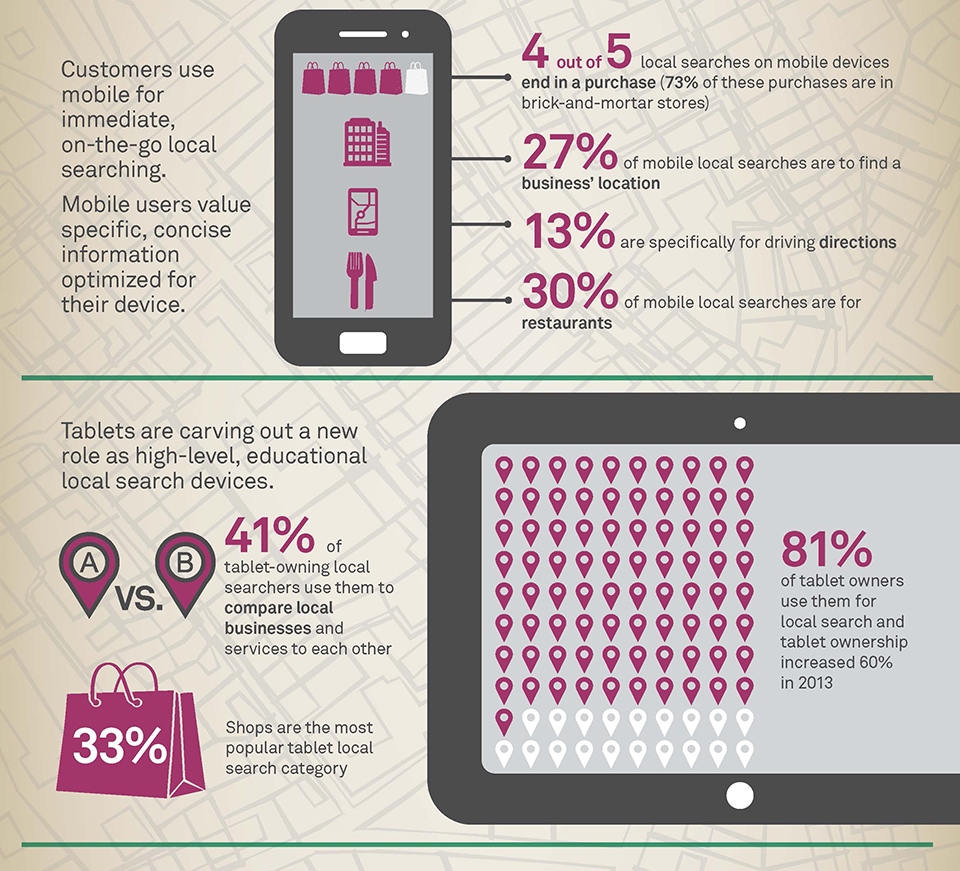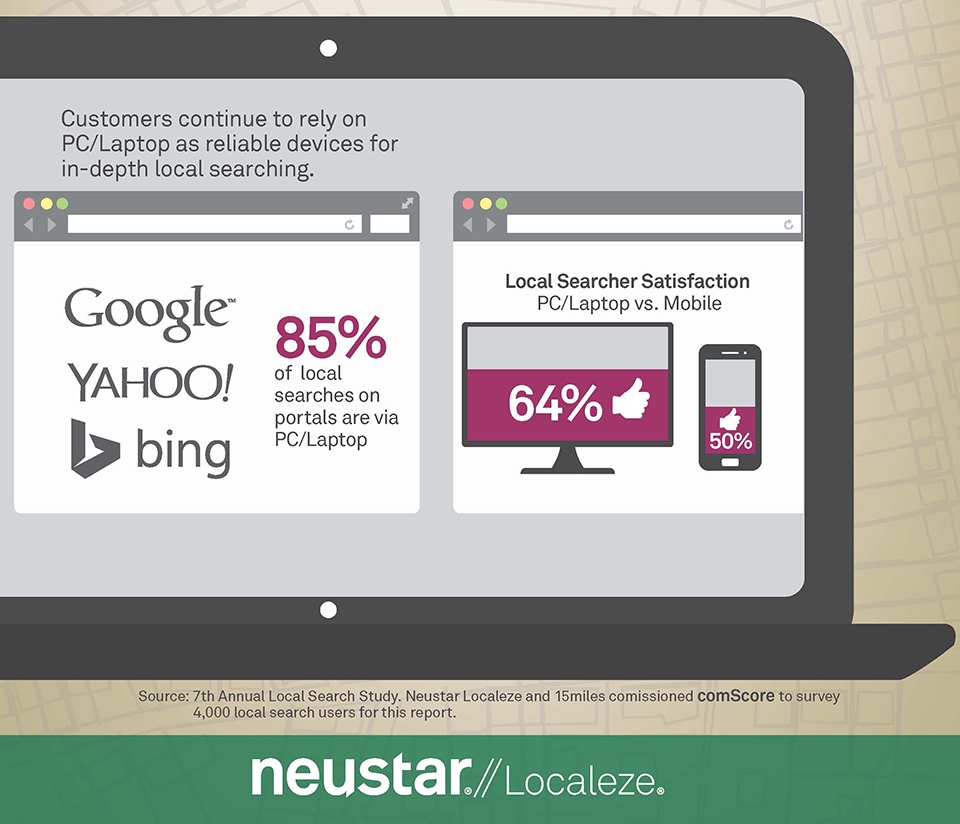- Category: September 2014 - Search Engine Marketing
 User-friendliness, responsive web design, concise URLs and quality content are important cornerstones of successful search engine optimization, because being listed on top means getting clicked and bought.
User-friendliness, responsive web design, concise URLs and quality content are important cornerstones of successful search engine optimization, because being listed on top means getting clicked and bought.
Search engine optimization (SEO) makes it possible and mobile devices play an increasingly important role here. In order to succeed in mobile SEO, the Web Content Management (WCM) expert e-Spirit put together some tips to consider:
1. New kind of queries
Mobile searches are very different from the searches on desktops. On mobile devices the search terms are shorter than queries at the PC at home because it has to be done quickly and the typing is not as comfortable. With applications like the Google Search App or Siri from Apple, it is also possible for users to search by using the voice entry with the smartphone. Semantic search algorithms, such as Google's Hummingbird, recognize contexts of entire spoken sentences and no longer just individual words. Another point that could gain importance in the future is "search by image", allowing for example, search for content with a cell phone photo that is related to the photographed subject. Therefore, companies should adjust their SEO strategy to mobile features: Know and understand the voice search and keywords that are often used by mobile users and ask, if the content is designed accordingly and the imagery meaningful?
2. Involvement of geographical aspects
Which restaurants are nearby? Where is the nearest supermarket? Which shops in the surrounding area have the desired brand products? With the mobile phone it is more common to look for things with a local reference compared to a PC. Companies that want to attract and inform customers and prospective customers optimally and locally, should check if it is clearly stated on their website and in their social media profiles, where they offer what. Are they also represented under the right keywords and with correct location information in geolocation services like Bing or Google Maps? With an integration of geolocation applications directly in the CMS, location information and route planning can easily be integrated on websites.
3. Focus on top content
If you already have a good SEO strategy, you don’t have to start from scratch, but can use it as a base for mobile approaches. Whether your own mobile URL with its own content is played, or a responsive page: High-quality content remains the lifeline of efficient search engine optimization for each device. Here, companies should focus on content that is original, unique, entertaining and relevant, and tailored to the needs and desires of the target audience. When it comes to good content for smartphones and other portable devices, providers must concentrate even more on quality than on quantity. After all, nobody wants to read a yard long, uninteresting text on a small screen. Providing short and concise information that comes to the point quickly and can be consumed by the reader "on the go" is best appreciated.
4. Think social
Pay attention to mobile expression and content exchange. With good content, even small providers can thwart major players - because exciting content gets shared, linked or commented, which in turn increases the importance and consequently the ranking. As mobile users like to exchange ideas with others, as well as communicate experiences, give advice and see the opinions of others, companies should make sure that content can easily be shared on mobile as well.
5. Optimize user experience
Smartphone users have little patience, and often search based on a specific reason, expecting to find the information immediately. Mobile content and sites must therefore be very easy to read. What’s needed is an attractive mobile-optimized responsive website design, an intuitive, easy navigation concept and the use of mobile-compatible web formats. Companies should ensure that their online presence is flawless at any time and on any device.
Responsive design, that is recommended by Google as well, supports combining all display sizes by using just one URL. And since load times at cyber-speed are a must these days, Google recommends that the most important content of mobile websites should be displayed within one second or less, to provide the perfect user experience and improve the website ranking. Appearances in responsive design save users’ time and reduce unnecessary extra clicks, because they go directly to the content.
6. Use of speaking URLs and metadata
Although they have lost in importance, metadata still support a page to be better positioned in the SERPS (Search Engine Results Pages). Therefore, companies shouldn’t neglect the opportunities offered to them by their CMS and provide useful metadata. Not to be underestimated is the positive influence of speaking URLs. They are so important because search engines like Google take into account, when sorting the search results, how relevant the keyword is for the page. Pages behind a speaking URL are significantly better listed in Google for the respective searches than pages behind cryptic URLs. URLs should further be memorable and multilingual and should adjust flexibly in the CMS so that they get a SEO-relevant format that increases visibility on Google, Yahoo, Bing and others.
PS: The annual Local Search Usage Study by Neustar's Localeze reveals that local search is changing with interactive media and it’s worth to take a look at the infographic below:



By Daniela La Marca


